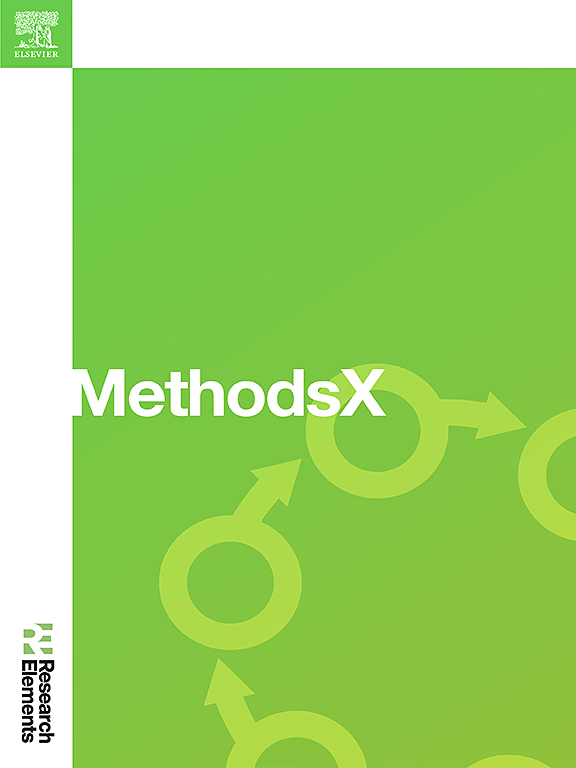An anatomically enhanced and clinically validated framework for lung abnormality classification using deep features and KL divergence
IF 1.6
Q2 MULTIDISCIPLINARY SCIENCES
引用次数: 0
Abstract
Detecting lung abnormalities via chest X-rays is challenging due to understated tissue variations often ignored by traditional methods. Augmentation techniques like rotation or flipping risk distorting critical anatomical features, actually leading to misdiagnosis. This paper proposes a novel two-stage ASCE (Anatomical Segmentation and Color-Based Enhancement) framework for precise and efficient classification of lung abnormalities while preserving anatomical integrity.
Stage 1 classifies Normal vs. Pneumonia with 95 % accuracy, an AUC of 0.98, and an F1-score of 0.92. Stage 2 distinguishes Pneumonia into Viral and Bacterial subtypes with 100 % accuracy and F1-score. This approach integrates segmentation and tissue-specific color enhancements with Kullback-Leibler (KL) divergence, quantifying deviations from healthy lung regions for improved classification. The lightweight pipeline ensures computational efficiency (∼0.06s/image) and clinical interpretability by preserving diagnostic features, enhancing visibility, and enabling quantitative analysis.
- 1.Preserving Anatomical Structures: The methodology ensures that diagnostic features are preserved and highlighted with Anatomy-Preserved Segmentation
- 2.Enhancing Diagnostic Visibility: The system employs targeted colour-based enhancement that improves the visibility of potential abnormalities
- 3.Quantitative Analysis with Kullback-Leibler (KL) divergence: The model enhances precise identification of abnormal tissue by comparing the probability distributions of healthy lungs and abnormal areas
解剖增强和临床验证框架肺异常分类使用深部特征和KL散度
通过胸部x光检测肺部异常是具有挑战性的,因为传统方法经常忽略低估的组织变化。像旋转或翻转这样的增强技术有扭曲关键解剖特征的风险,实际上会导致误诊。本文提出了一种新的两阶段ASCE(解剖分割和基于颜色的增强)框架,用于在保持解剖完整性的同时精确有效地分类肺部异常。一期对正常与肺炎的分类准确率为95%,AUC为0.98,f1评分为0.92。第2阶段将肺炎分为病毒性和细菌性亚型,准确率为100%,评分为f1。该方法将分割和组织特异性颜色增强与Kullback-Leibler (KL)散度相结合,量化与健康肺区域的偏差,以改进分类。轻量级管道通过保留诊断特征、增强可见性和实现定量分析,确保了计算效率(~ 0.06s/图像)和临床可解释性。保存解剖结构:该方法确保了诊断特征的保存,并突出显示了解剖保存分割2。增强诊断可见性:该系统采用针对性的基于颜色的增强技术,提高了潜在异常的可见性3。Kullback-Leibler (KL)散度定量分析:该模型通过比较健康肺部和异常区域的概率分布,提高了异常组织的精确识别
本文章由计算机程序翻译,如有差异,请以英文原文为准。
求助全文
约1分钟内获得全文
求助全文
来源期刊

MethodsX
Health Professions-Medical Laboratory Technology
CiteScore
3.60
自引率
5.30%
发文量
314
审稿时长
7 weeks
期刊介绍:
 求助内容:
求助内容: 应助结果提醒方式:
应助结果提醒方式:


